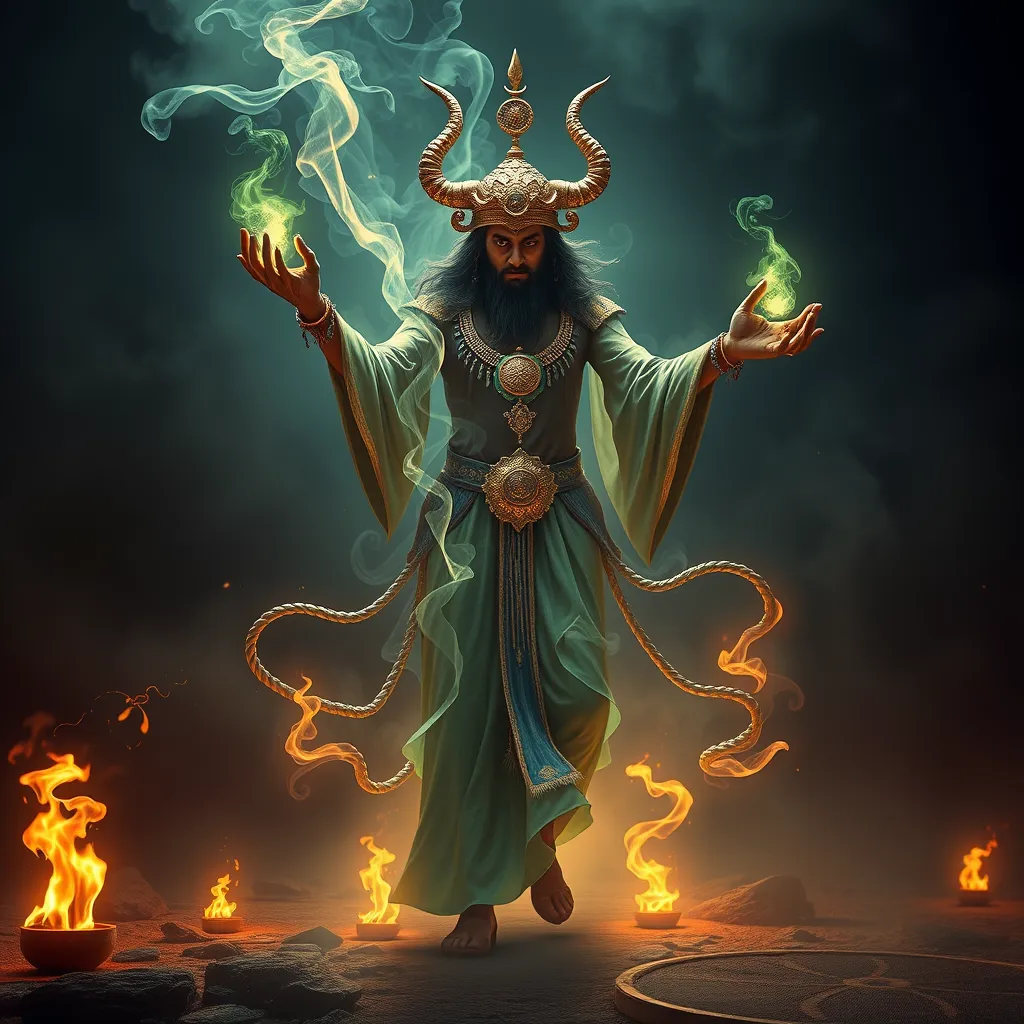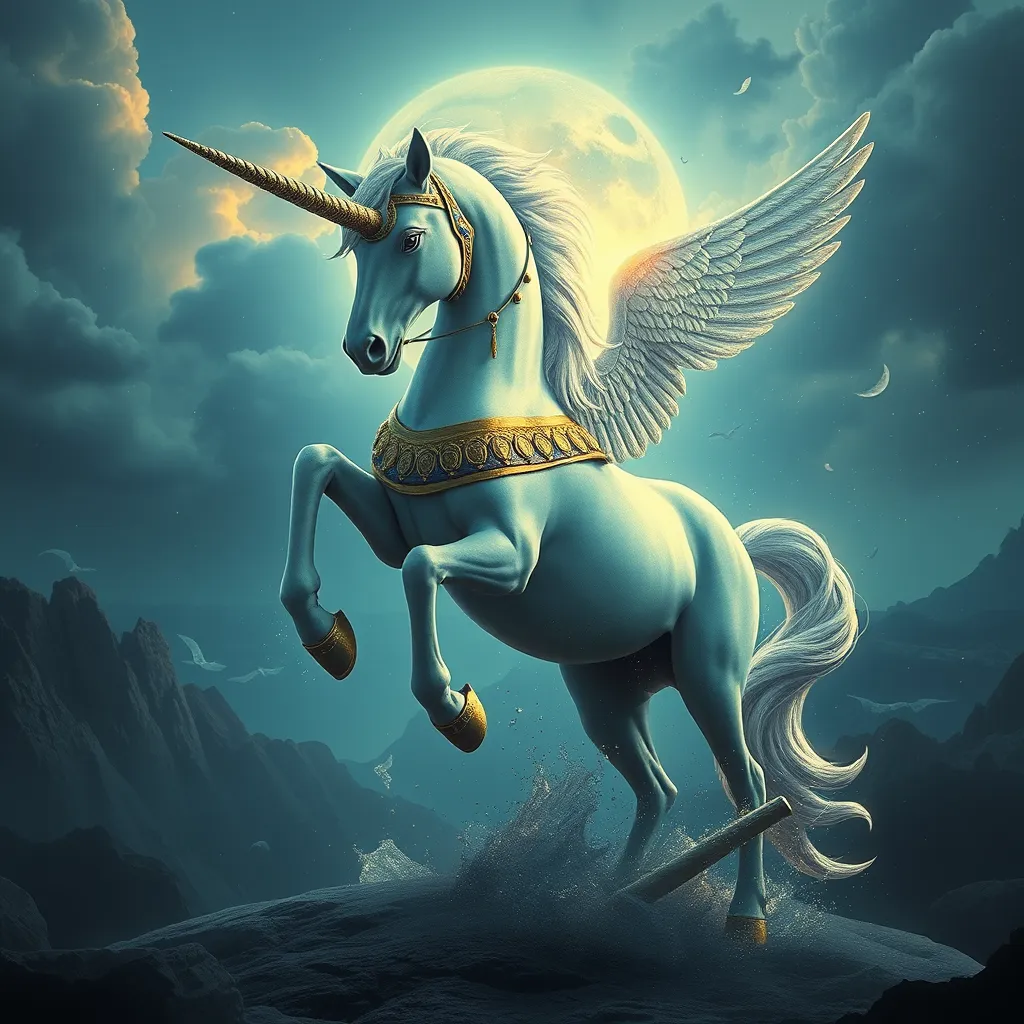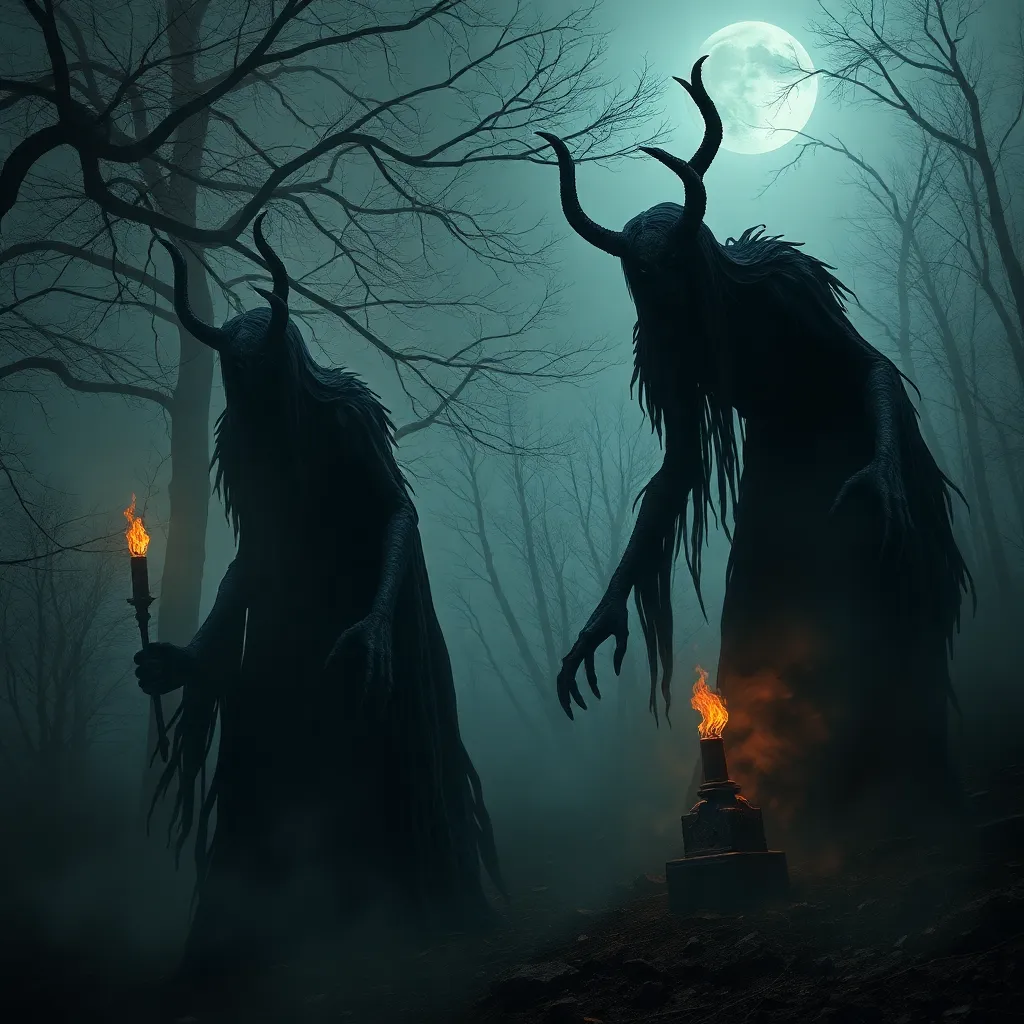Jinn and the Power of Healing: Exploring the Role of Jinn in Traditional Medicine
I. Introduction
Jinn, or djinn, are supernatural beings that have been a significant part of various cultures and religions, particularly in the Middle East and South Asia. Defined in Islamic theology as creatures created from smokeless fire, they hold a complex place in folklore, often embodying both benevolent and malevolent traits. Their significance extends beyond mythology, as they are believed to influence various aspects of human life, including health and well-being.
Traditional medicine, characterized by its holistic approach, seeks to address the physical, emotional, and spiritual aspects of health. It often incorporates local beliefs, practices, and natural remedies, creating a rich tapestry of healing traditions. This article aims to explore the intersection of Jinn and healing practices, examining how cultural beliefs in these entities influence traditional medicine.
II. Historical Context of Jinn in Healing Practices
The concept of Jinn can be traced back to ancient texts, including the Quran, hadiths, and pre-Islamic folklore. These beings were believed to have the power to heal or harm individuals, leading to a wide array of practices aimed at either invoking their assistance or warding off their malevolence. Historical accounts reveal that people often sought Jinn for help with ailments that were deemed beyond the capabilities of conventional healers.
As societies evolved, so did the beliefs surrounding Jinn and health. The integration of Jinn into healing practices became more pronounced, with traditional healers often invoking their names in rituals or prayers. This evolution reflects the adaptability of cultural beliefs in the face of changing medical paradigms.
III. Types of Jinn and Their Roles in Healing
Jinn can be classified into two primary categories: benevolent and malevolent. Benevolent Jinn, known as al-jinn al-khayr, are often sought for their healing powers, whereas malevolent Jinn, or al-jinn al-sharr, are associated with illness and misfortune.
- Benevolent Jinn: These Jinn are thought to provide protection and healing. They are often invoked in rituals aimed at curing illnesses.
- Malevolent Jinn: These beings can cause various ailments, and traditional practices often focus on exorcising or appeasing them.
Specific Jinn are associated with particular healing properties. For instance, the Jinn known as Marid is often invoked for its strength and protective qualities, while Ghul is linked to both mischief and healing, depending on the context. Case studies abound in folklore, where individuals claim miraculous recoveries attributed to the intervention of Jinn.
IV. Methods of Engaging with Jinn for Healing
Engaging with Jinn for healing involves a variety of rituals and practices, often passed down through generations. Traditional healers, or shamans, play a crucial role in these practices, serving as intermediaries between the spirit world and their patients.
- Rituals: These may include prayers, offerings, and specific incantations designed to invoke the desired Jinn.
- Traditional Healers: Healers often possess extensive knowledge of Jinn lore and employ this to guide their patients through the healing process.
- Intention and Belief: The effectiveness of these rituals is often believed to hinge on the intention behind them and the belief of the individuals involved.
V. Jinn in Modern Traditional Medicine
In contemporary settings, beliefs surrounding Jinn are increasingly integrated into traditional healing practices. Many practitioners now blend these ancient beliefs with modern therapeutic techniques, creating a unique form of holistic care.
Comparing traditional methods with Western medicine reveals both similarities and differences. While Western medicine often focuses on physical symptoms and scientific evidence, traditional healing with Jinn emphasizes the spiritual connection and the belief in unseen forces influencing health. Anecdotal evidence from patients who have experienced Jinn healing often highlights a profound sense of emotional and spiritual relief alongside physical recovery.
VI. Cultural Perceptions and Misconceptions
The stigma surrounding Jinn, particularly in relation to mental health, is a significant issue. In many cultures, mental health conditions are sometimes attributed to Jinn possession, leading to misunderstandings and potential mistreatment of individuals seeking help.
Western cultures often misunderstand Jinn practices, viewing them through a lens of skepticism or superstition. This has led to cultural divides that hinder a comprehensive understanding of these healing methods. Efforts are being made to bridge these divides, promoting a more inclusive perspective on healing practices that incorporate Jinn.
VII. Ethical Considerations in Jinn Healing Practices
As traditional medicine continues to evolve, ethical considerations surrounding Jinn healing practices become increasingly important. Balancing traditional beliefs with modern medical ethics poses challenges, particularly in ensuring that individuals are not exploited or misled in their pursuit of healing.
- Risks and Benefits: Jinn-based healing can offer benefits in terms of emotional and spiritual support, but it also carries risks if patients rely solely on these methods without seeking conventional medical care.
- Informed Consent: It is crucial for practitioners to ensure that patients are fully informed about the nature of the treatments they are receiving.
- Cultural Sensitivity: Understanding and respecting the cultural beliefs of patients enhances the therapeutic relationship and fosters trust.
VIII. Conclusion
In conclusion, Jinn play a multifaceted role in traditional medicine, serving as both sources of healing and symbols of cultural beliefs. As we move towards a more globalized world, the future of Jinn healing practices will undoubtedly evolve, potentially integrating with modern therapeutic approaches.
There is a pressing need for further research into the efficacy and acceptance of Jinn healing in both traditional and modern contexts. Open-mindedness towards alternative healing practices can lead to greater understanding and respect for the diverse ways in which cultures seek health and well-being.




